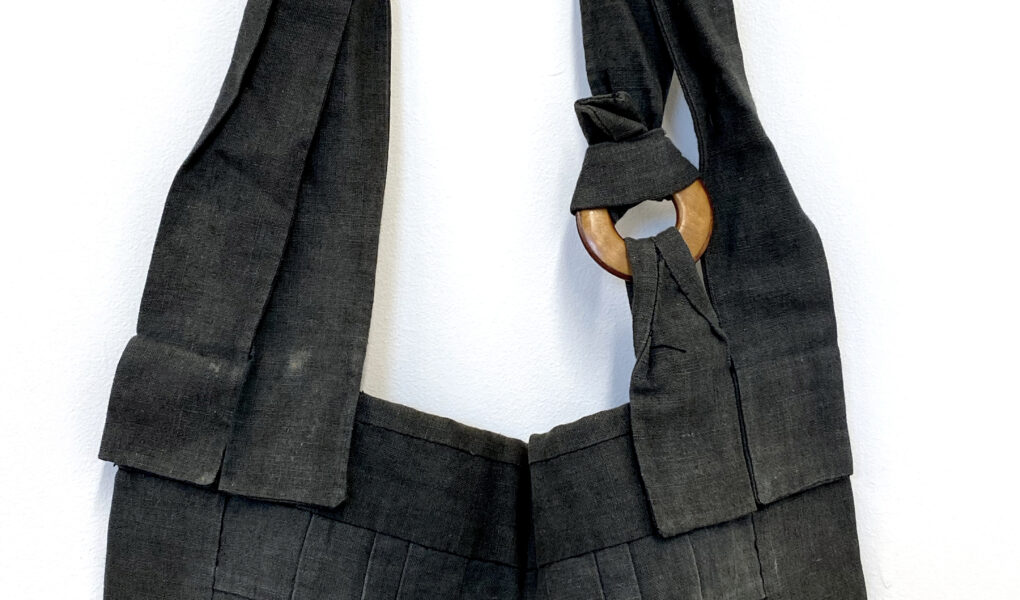by Jovencio De La Paz
Between Tank Creek and the hills of Clatskanie, Oregon, just south of the Columbia River, a Zen Buddhist Monastery nestles among brambles of blackberry and tall grass. Certainly there are things here one might anticipate, stone Buddhas and bamboo swaying in groves, nuns and monks with shaved heads like celestial bodies, moons held in orbit by the gravity of vow. Still, it is very alien. I am told that Zen is a religion of practicality. One cuts carrots for lunch, one sweeps the steps, one washes dishes, one sits quietly, and one mends a garment. Do these things simply and directly, the yoga of care-taking, and see that cutting a carrot is inexorably linked to the mystery of cosmic events: earth, soil, rain, sun, the hands of the farmer, the politics of the land. This is not metaphor or symbolism, it is embodiment, and it is you.
This essay was edited by Mack McFarland, and appeared in FIGURING, a publication of The Ford Family Foundation. The annual arts journal (shifting title as it progresses) is part of the program element CRITICAL CONVERSATIONS, led by the University of Oregon with partners Portland State University, The Cooley Gallery, Reed College; and PNCA at Willamette University.
The inagural publication is dedicated to notions of “figuring,” that is, the processing of a moment to inform a position from which to act, the presentation of a form, or expression of a body. By holding space for both indeterminacy and latent form, Figuring conjures histories and possible futures, lived experiences, and propositions for ways that ethereal matter might exist concretely or be allowed to endure as defined by its own logic.
